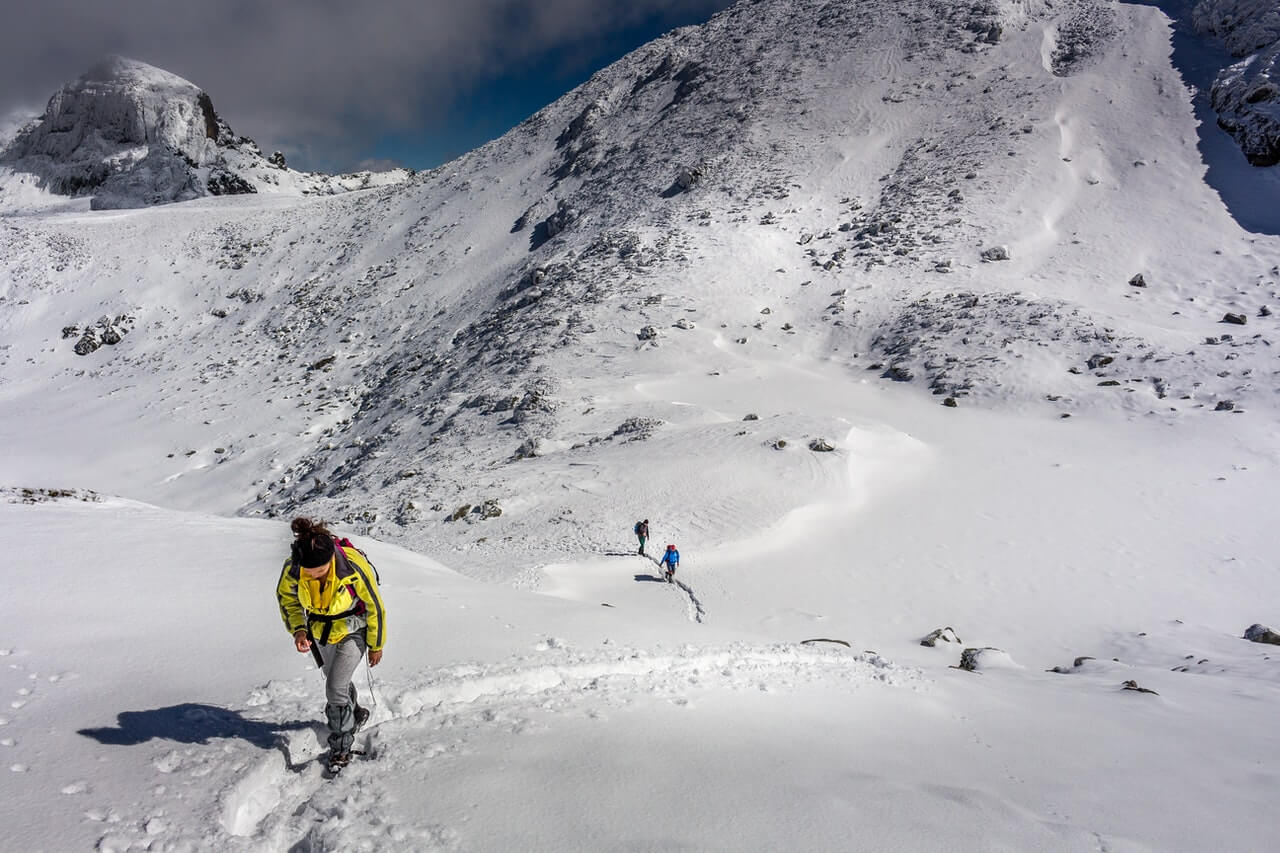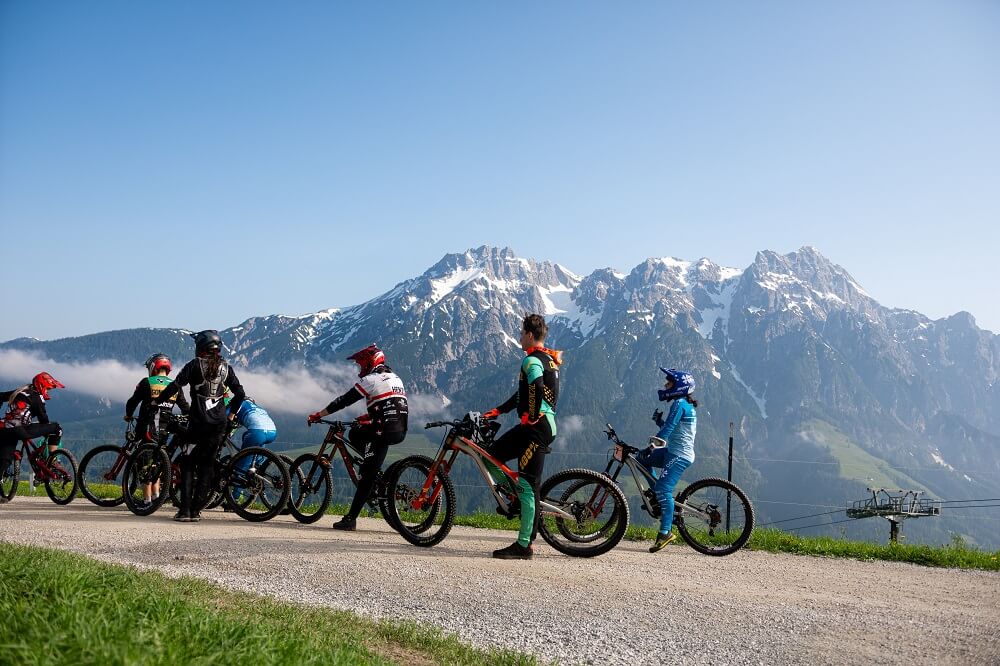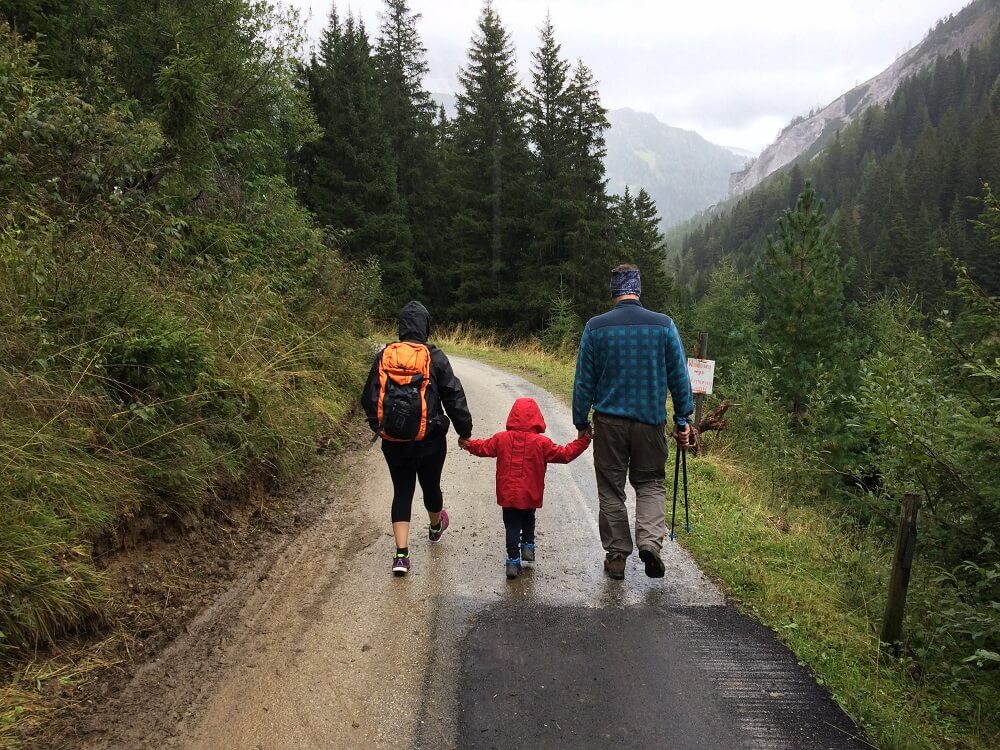Alpine Climbing
Alpine climbing, or alpine climbing, is a style of climbing that emphasizes self-reliance, using as little equipment as possible to climb quickly and boldly and return safely. This style of climbing often involves two or three partners of similar ability climbing a peak quickly and without resupply, using the lightest possible equipment. Fast, daring, difficult routes with minimal equipment are the characteristics of Alpine climbing, while fairness, autonomy and speed are the essence of the Alpine climbing style.
Fairness
In Alpine climbing, one person/one rope team uses their own ability, judgment, and luck to deal with the various obstacles that the mountain has to offer. Climbers do not lower the challenge before climbing by fixing camps and ropes to help them get through dangerous and difficult sections, or by using large numbers of Sherpas or collaborations. For many Alpine mountaineers, how they go about trying to reach a summit in style is more important than whether they actually make it to the top.
Autonomy
In alpine climbing, the climber relies entirely on his or her own ability to take on unknown peaks without relying on outside forces to help him or her get through the difficult spots and keep him or her safe, and success or failure, fate is entirely and only in his or her hands. For A-style climbers, autonomy means respect for the mountain and honesty with oneself.
Quick
From a risk management perspective, in a dangerous environment, fast is safe! Therefore, speed is the essence of A-style climbing. How to increase the speed of climbing is determined by: physical ability, climbing technique, weight of supplies and equipment, and accurate judgment.
In the 1970s, climbers, represented by the emperors of mountaineering, Messner and Kukuchka, began to try to climb some of the world's 8000-meter peaks using the Alpine way. These climbers carried very little equipment and climbed those 8000-meter peaks single-handedly or in pairs, setting many records and developing and continuing this elegant and fast way of climbing.

Himalayan Style Climbing
Corresponding to Alpine climbing is Himalayan climbing, also known as siege climbing, a form of climbing that emphasizes teamwork and steady progress that was widely used by early climbers to complete very high altitude peaks in the Himalaya and Karakorum. It often manifests itself as a multi-person team making the climb, laying road ropes, transporting supplies to camp multiple times, longer climbing cycles, and employing alpine collaboration to aid.
Himalayan climbing often set up a base camp, store more supplies, make a good climbing plan, hire alpine collaboration to assist climbing, before climbing will be repeatedly transported to the camp supplies, and lay the road rope on the dangerous road, climbing team members in the team each responsible for their own duties, someone is responsible for road repair, someone is responsible for transporting supplies, someone is responsible for climbing.
Alaskan Style Climbing
The combination of the Alpine style, which emphasizes individual climbing and reaching the summit, and the Himalayan style, which emphasizes teamwork and step-by-step approach, is the Alaskan style of climbing. This style of climbing is very common in Alaska, where climbers are required to be independent and fair to the peaks, but fixed camps and ropes are used to cope with the long routes and difficult resupply conditions represented by McKinley Peak.
In contrast, Alpine climbing is the embodiment of the human spirit of continuous breakthrough; Himalayan climbing shows the human ability to work together and plan carefully to reach the goal; Alaskan climbing is an in-between way of climbing in view of the special mountain environment. These climbing styles are all different expressions of human innovation and breakthroughs using their own advantages, and there is no superiority or inferiority, and there is no need to deliberately pursue and avoid them when climbing.
In practical application, they are also applicable to different environments, and the corresponding climbing methods can be selected according to the climbing environment.


